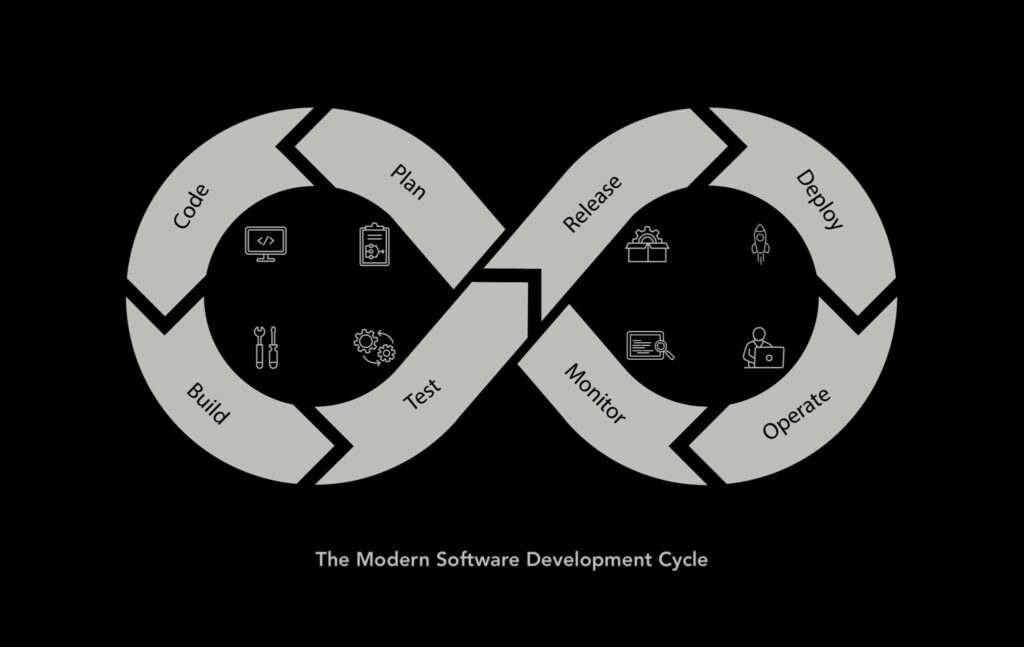In the mobile app testing world, automated testing is everywhere today. Quality assurance teams know that testing software is by no means a straightforward process. Before every single release and update, software must be rigorously tested to detect and resolve any hidden bugs or unexpected behaviors. These processes allow developers to meet strict requirements and enhance user capabilities over time.
With that in mind, if you’re reading this, chances are you’ve heard a fair amount about automated testing over the years. So what’s the big deal?
Historically, nothing about software testing has been easy. When performed correctly, the process involves many complicated tests, increasing the likelihood that mistakes will be made or that problems will be missed—particularly when people are involved and the human reality of increased likelihood of error occurs.
Identifying and making corrections to flaws in software is essential for creating stable, scalable programs, so modern testing solutions make use of automation to streamline common tasks and reduce the potential for errors.
What is automation testing?
Using and testing software to make sure it aligns with strict quality requirements presents a challenge to developers. Compliance standards, duplication of the testing environment, or a lack of proper documentation can derail the process, taking time and energy away from deployment.
Automation testing makes it easy to execute test cases. This empowers testers by providing them with tools for use in comparing outcomes and measuring results. The process makes use of specialized software developers use for running repetitive tasks without the need for manual interaction.
Review and validation of code can be abstracted to make sure the same process is run for each test. This produces more accurate results making the results. With that in mind, it’s easy too see why automated mobile app testing has become a big part of modern software development.
What types of situations is automation testing useful for?
Automation testing is useful for controlling the flow of software development without overloading individuals with manual tasks. Expediting the process of automation testing can further reduce downtime caused by validation practices.
Automatically running, managing, and assessing tests is vital for improving the quality of software. Functional tests are used to make sure the application is working properly, while non-functional tests provide insight into its performance and usability. Beyond this, several testing scenarios can be used to determine the operational state of your software.
Regression testing
When developers make changes to code, they can encounter unexpected effects that impact both functional and non-functional services. This means that even previously developed software can become riddled with bugs and other errors. Regression testing is the process of going through the software after each change to test its usability and performance.
Automated regression testing is useful in that it gives developers a common set of tasks that can be run each time code is updated. This makes it easier to stay on top of the development cycle.
Automated regression testing also saves quality assurance teams time by automatically validating code after a commit is made. Tests can be performed multiple times over a short period of time and without interruption, improving the production pipeline and eliminating errors.
Security testing
All too often, we see code shipped with hidden vulnerabilities and other security issues. Malicious actors can take advantage of these flaws, allowing them to gain access to user systems and steal data. This creates a nightmare scenario for the development team.
Security testing is the process of identifying and fixing these weaknesses in code to improve its resilience. Finding and patching security threats through penetration testing and DevOps allows software makers to secure their software and protect their users from harm.
Automated security testing is a powerful solution that developers use to quickly reveal flaws in code at scale. This approach can emulate attacks and code injections so developers and engineers can improve their programs throughout the product life cycle. As a result, automated security testing provides a huge advantage when dealing with malicious actors.
API testing
An application program interface (API) is essential for creating software that can communicate with other services. Defining a set of protocols capable of handling workloads and keeping up-to-date with changes in the code base can be time-consuming and introduce unwanted errors. API testing is generally used as a means to ensure APIs are secure and reliable.
Automated API testing makes for a reliable way to check endpoints for performance without adding overhead to the development pipeline. With continuous access to API testing, an application’s interface can be properly tested without the need for manual intervention, ensuring continuous delivery and easier maintenance.
Smoke testing
Software stability is vital for developers to determine eligibility for release. Also called verification testing or sanity testing, smoke testing is essential to the development process.
The conditions for a complete code base vary widely from project to project, but smoke testing offers a standardized way for individuals and teams to evaluate whether their code is stable enough to be made readily available to the public.
Automated smoke testing can be scheduled to regularly test software and ensure its important functions function properly. Failed tests will send an immediate notification, so developers can make changes as soon as possible, giving them one last chance to address existing bugs and fix them before a public release.

Benefits of automation testing
Automation testing is a useful option that’s flexible enough to be deployed in almost any situation. This approach not only reducies the developer workload but also reinforces best practices, further eliminating errors. The benefits of automation are felt immediately. They give developers a clear picture of where their software is in its life cycle and how to improve upon it.
Reduce time on QA
For developers, the time it takes to verify the quality of software could be used on more important tasks. Automation testing speeds up QA test cycles. Test become easy to repeat and easy to verify, freeing up time for more significant duties or focusing efforts on creative tasks.
Hyper-intelligent regression testing
Regression testing can be unwieldy, forcing developers to spend time writing custom code capable of handling all of the added functionality. Automation testing provides the means for developers to iterate changes much more quickly, giving them a better picture of potential problems and how to fix them.
Integration with CI/CD pipeline
When developing new software, teams must be constantly aware of the specific practices used to iterate over additions and changes. Continuous integration (CI) and continuous development (CD) provide a series of steps that can be followed for better software. Automating the production process allows developers to refine the delivery of service and ensure their code is as reliable as possible.
Automatic reporting
Keeping the organization updated with regular reports seems simple. But with all the changes made by different individuals and teams, this can quickly become unmanageable.
Automatic reporting provides teams with a way to stay on top of changes and automatically generate reporting. Automatic reporting capabilities integrated into the development process simplifies tracking software across its lifecycle.
Sofy knows test automation
The QA process can be overwhelming for many companies. With so many tools and services needed, teams can have a hard time staying on the same page. This further complicates the development process.
Sofy simplifies traditional mobile app automated testing by providing a single environment for all of your testing needs. Sofy takes a no-code approach to testing. The Sofy team makes it easier for users to manage their production life cycles without having to have specialized knowledge or expertise.
We’ve designed our revolutionary platform to empower our users. It’s easy to see the benefits that result from the ability to quickly run QA tests on real devices from anywhere. And all without the need to know a line of code. With Sofy, you can improve your code without the messy scripts. We invite you to find out how Sofy can benefit your team by giving Sofy a try today.
Disclaimer: The views and opinions expressed above are those of the contributor. They do not necessarily represent or reflect the official beliefs or positions of Sofy.









